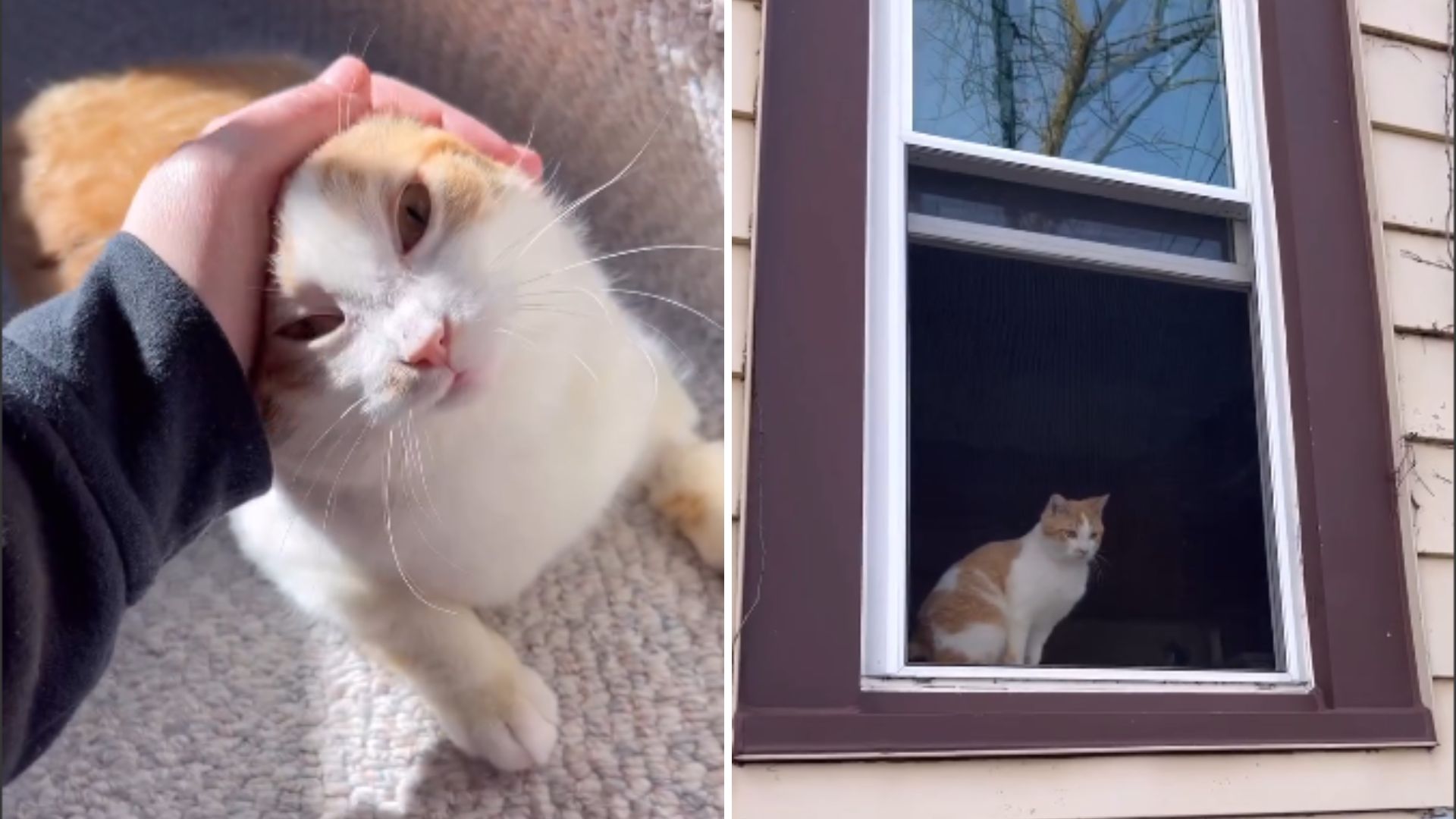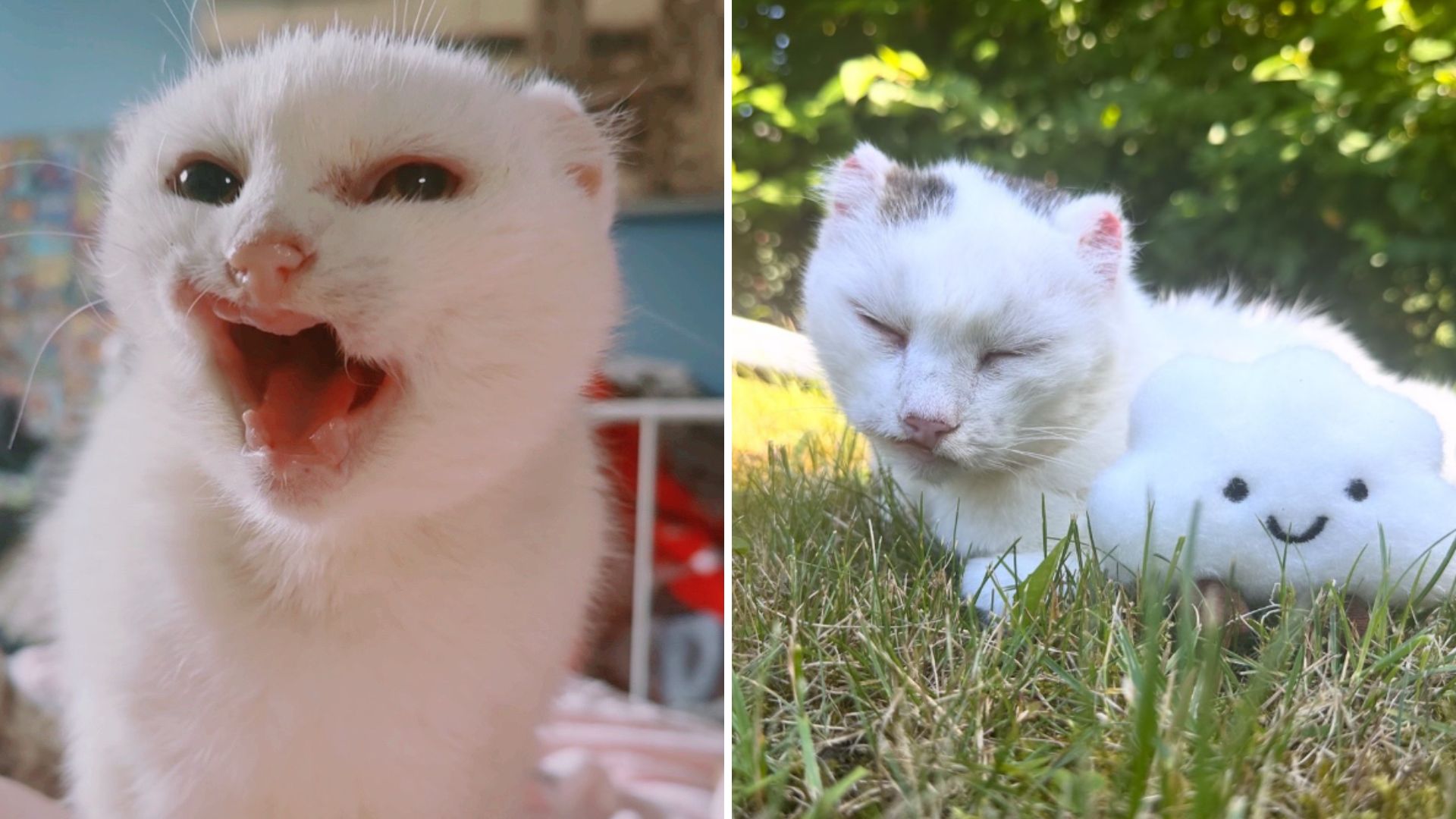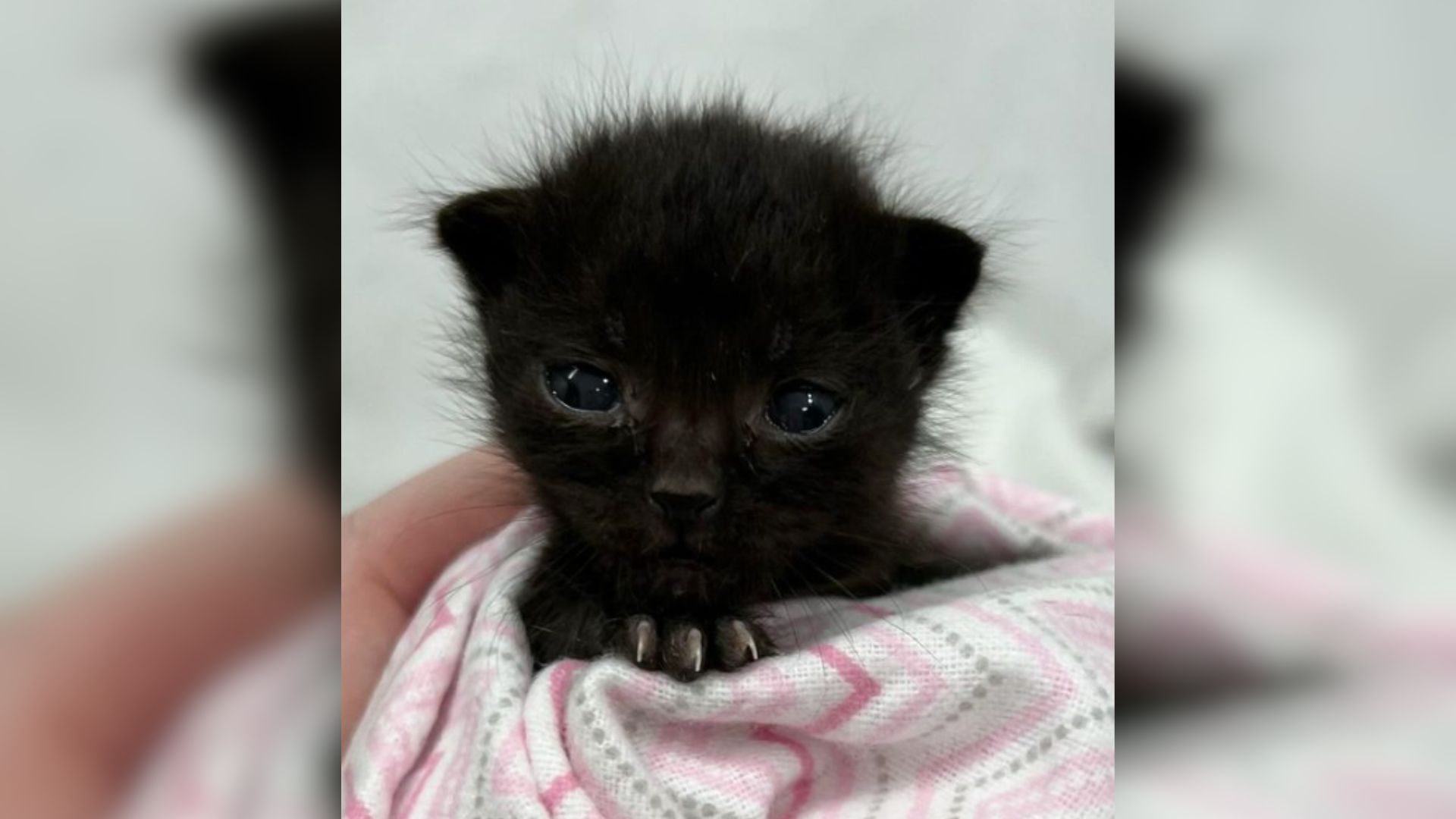Sign up for daily gardening advice and tips
Leafhoppers can be a serious issue thanks to their ability to weaken plants by feeding and spreading diseases. If you see them hopping about your garden plants, it’s time to take action! Here’s how to identify, prevent, and get rid of leafhoppers.
Tiny bugs that hop into the air, fleeing your approach. Grasshopper, you think. But these are way too small and hard to see if they don’t move. Your beans look like they have a nitrogen deficiency, growing stunted and yellowing at the outer edge of the leaves. Apple leaves look speckled. Perhaps your carrot tops are yellowing and twisting.
Leafhoppers are like vampires on your plants. They pierce the cells and suck out the fluids, and like vampires, can leave your plants weakened or even spread other diseases. Their damage results in millions of dollars of crop losses every year.

What Are Leafhoppers?
Leafhopper is the common name for a wide variety of similar insects from the family Cicadellidae, in the order Hemiptera, also known as “true bugs.”
Leafhoppers are tiny bugs, often only a quarter of an inch long, with piercing-sucking mouthparts. They puncture plant tissues and drink the fluids inside. This unique mouthpart is called a proboscis. Unlike other insects with proboscises (proboscides is also correct), true bugs cannot roll theirs up. It remains rigid.
Leafhoppers can cause direct injury to plants through their physical feeding and by toxins injected into the plant with their saliva. They also carry plant diseases.
Small and slender, leafhoppers vary in color from dull or pale to bright, glossy, and even striped. As their name suggests, their rear legs are specialized for jumping, which they often will do when you approach.
Leafhoppers go through incomplete metamorphosis, meaning they come out of the egg already looking somewhat like the adult. Depending on the species, they go through several nymphal stages and molt several times as they grow before developing wings as an adult.

With so many species of leafhopper, many plants can become a target. Ornamentals, grapes, garden crops, roses, and field crops like soybeans and alfalfa can be attacked by leafhoppers.
Common Leafhopper Species
Potato leafhopper, Empoasca fabae, affects more than just potatoes. It can be a common pest of beans, apples, dahlias, peas, eggplants, strawberries.

Small, only an ⅛ of an inch long, and wedge-shaped, they are lime-green and have six white spots behind their large eyes. The nymphs are wingless, pale green or yellow, and almost translucent. If your garden is adjacent to an alfalfa field, you may see a sudden influx of these bugs after the hay is cut.
Aster leafhopper, Macrosteles quadrillineatus, is a dull light-green and also has six white spots on its head. The wings are a smokey gray. M. quadrillineatus is a vector for the disease known as “aster yellows.” Plants commonly infected include carrots, lettuces, celery, and flowers in the aster family. New foliage appears yellowed and twisted.
Beet leafhopper, Circulifer tenellus, is a serious pest. Feeding does minor damage to the plant, but the bug is a vector for Beet Curly Top virus. As it sounds, beets and other plants like tomatoes that are infected show curled up, small leaves, sometimes with swollen veins.
The Candy-striped leafhopper, Graphocephala coccinea, is a brightly colored bug with a fun name. They are teal colored with brilliant red-orange stripes and yellow legs. Common in North America, it won’t seem as fun if it attacks your blackberries, roses, or rhododendrons. G. coccinea is a vector for Pierce’s disease, which affects common yard trees and ornamentals.





